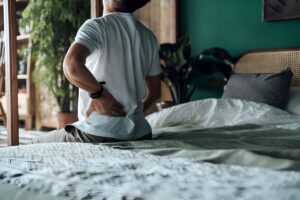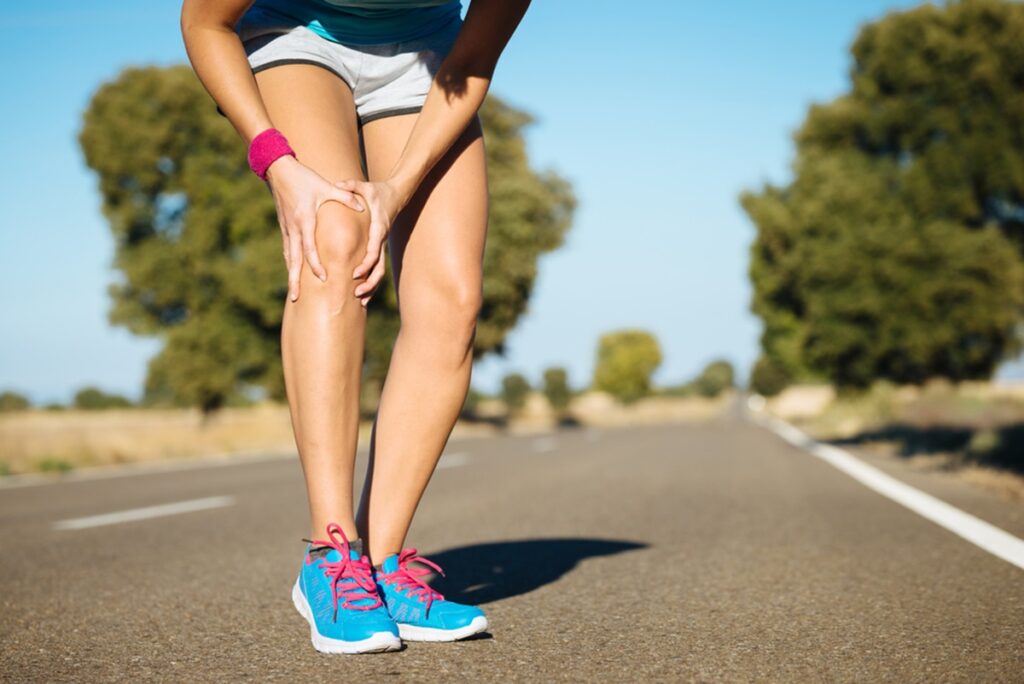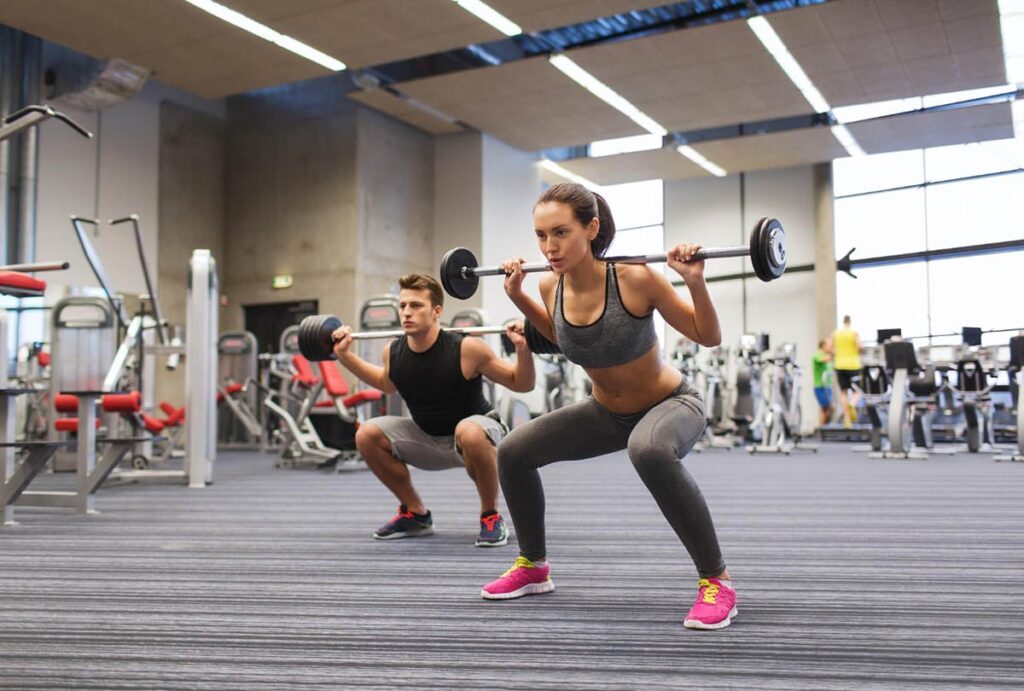Experiencing knee pain when straightening leg is a widespread issue that affects people of all ages and activity levels. Whether you're an athlete, weekend warrior, or simply getting up from a chair, knee discomfort can be sharp, nagging, or even disabling. Often, this pain signals deeper problems such as cartilage or ligament damage, inflammation, or …
Knee Pain When Straightening Leg Explained

Experiencing knee pain when straightening leg is a widespread issue that affects people of all ages and activity levels. Whether you’re an athlete, weekend warrior, or simply getting up from a chair, knee discomfort can be sharp, nagging, or even disabling. Often, this pain signals deeper problems such as cartilage or ligament damage, inflammation, or structural misalignments. Many people ask, “Why does my knee hurt when I bend it and straighten it?” The answer can vary from minor soft tissue irritation to complex joint dysfunction. Since the knee plays such a pivotal role in movement and stability, recognizing the potential causes of knee pain when straightening leg is critical for managing symptoms and preventing chronic conditions. Approximately one in four adults experience knee pain, and over the last two decades, its occurrence has surged by 65%, now accounting for nearly 4 million visits to primary care clinics annually.
How the Knee Works: Basic Anatomy
Before exploring the specific reasons behind knee pain when straightening the leg, it helps to understand how the knee is structured and functions. As one of the largest and most heavily used joints in the body, the knee plays a critical role in walking, running, standing, and virtually all lower body movements. Its complex network of bones, ligaments, tendons, cartilage, and muscles work together to create a stable yet flexible hinge that supports the body’s weight through a wide range of motion.
Key Structures in the Knee Joint
The knee joint connects the femur, tibia, and patella, working together with cartilage, ligaments, tendons, and muscles to enable smooth movement and weight-bearing. Cartilage, including the meniscus, cushions the bones and absorbs shock, but injuries like a meniscus tear can cause sharp pain, locking, and difficulty straightening the leg. Ligaments such as the anterior cruciate ligament (ACL) and posterior cruciate ligament (PCL) stabilize the knee by controlling motion and preventing abnormal shifts; damage here often results in instability, swelling, and pain. Tendons like the quadriceps tendon and patellar tendon help transmit force, and injuries to these structures can make activities like squatting or climbing stairs painful. Surrounding muscles, particularly the quads, hamstrings, and outer hip muscles, are essential for maintaining joint stability, and muscle imbalances can place uneven stress on the knee. Weakness, tightness, or improper coordination in these areas increases the risk of injury and contributes to knee pain when straightening leg.
Movement and Stability Functions
Each of these structures works in harmony to allow smooth, coordinated knee movement. During everyday activities such as squatting, lunging, or walking, the knee must absorb and distribute body weight efficiently without collapsing or buckling. However, conditions such as swelling, extension lag, or cartilage damage can interfere with this function, resulting in pain when straightening the leg.
Even subtle disruptions, like poor muscle activation or tightness, can alter the mechanics of knee movement. For instance, a tight quadriceps muscle can pull the patella out of alignment, while weak glutes or hamstrings may fail to stabilize the joint adequately. Over time, these biomechanical issues can lead to injuries such as patellofemoral pain syndrome, chondromalacia patella, or tendon strain, all of which contribute to discomfort during leg extension.
Why Your Knee Hurts When Straightening
If your knee hurts when straight, several underlying causes might be to blame. Many of these conditions overlap in symptoms, but each has distinct triggers and treatment pathways.
- Torn Meniscus: Often caused by twisting motions, especially during sports. A meniscus tear can result in locking, popping, and pain behind the knee when straightening leg. It may also produce posterior knee pain and instability.
- Patellar Tendon Injury: Known as patellar tendinopathy or jumper’s knee, this condition typically causes pain just below the kneecap. Jumping, running, or climbing stairs makes it worse, and straightening the leg intensifies the discomfort.
- Quadriceps Tendon Injury: This injury causes pain above the kneecap and weakness in extending the leg. It’s more common in athletes and may lead to extension lag if untreated.
- Muscle Imbalance or Strain: Weak hamstrings, tight quads, or poor core muscle strengthening contribute to faulty movement patterns. Over time, this can irritate the knee joint and cause chronic pain when bending or extending.
- Chondromalacia (Runner’s Knee): Involves the softening and breakdown of cartilage under the kneecap. It leads to anterior knee pain, popping or clicking sounds, and pain when climbing stairs or straightening the leg.
- Jumper’s Knee (Patellar Tendinitis): Similar to tendinopathy, it involves inflammation at the patellar tendon. It presents with redness or warmth around the knee, especially during or after physical activity.
- Ligament Injuries (ACL, PCL): An anterior cruciate ligament injury or posterior cruciate ligament injury often occurs with trauma and causes sharp pain, swelling, and instability during motion.
- Meniscus Tears: A meniscus tear occurs when the C-shaped cartilage that cushions the knee joint becomes damaged, often due to a twisting injury or sudden impact. This type of injury can lead to sharp pain, swelling, stiffness, and a feeling that the knee is locking or catching during movement. Many people with a meniscus tear report knee pain when straightening leg, especially after physical activity or prolonged sitting.
- Knee Osteoarthritis or Bone Spurs: Wear-and-tear arthritis leads to cartilage loss and the formation of bone spurs, which restrict full extension and produce a grinding sensation.
Pain Behind the Knee When Straightening
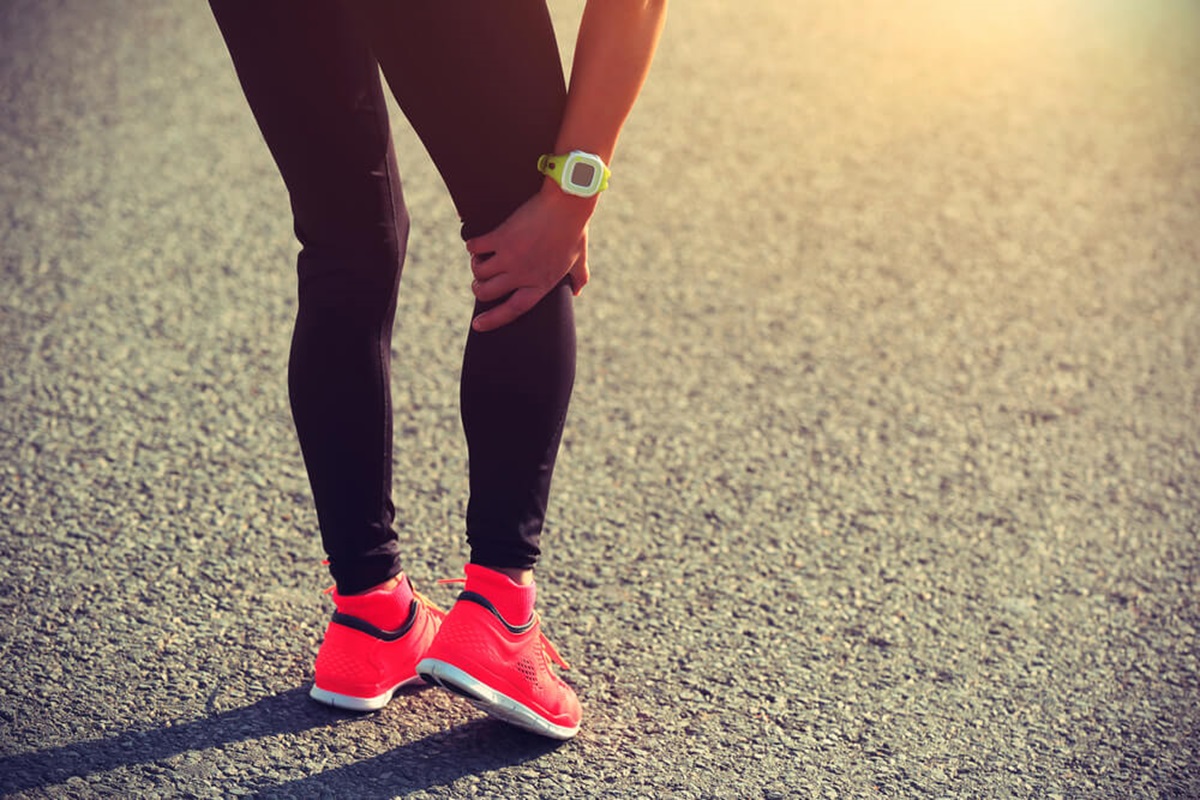
Not all knee pain is located at the front of the joint. Some people experience pain behind knee when straightening leg, which can signal issues in the posterior region. This type of discomfort may stem from soft tissue injuries, fluid buildup, or even more serious vascular conditions. Recognizing the nature and location of the pain is essential for determining the cause and selecting the appropriate treatment. Posterior knee pain often worsens with leg extension, uphill walking, or prolonged standing, and may be accompanied by swelling or a feeling of tightness in the back of the knee.
Possible Posterior Knee Issues
Possible causes of posterior knee pain include conditions such as Baker’s cyst, which is a fluid-filled swelling that forms behind the knee due to inflammation from issues like osteoarthritis or a meniscus tear. This cyst may feel like a soft lump and can lead to tightness, limited motion, or even sudden calf swelling if it ruptures. Hamstring tendon injuries also contribute to back-of-the-knee pain, often causing sharp discomfort during leg extension or uphill movement, along with tightness and reduced flexibility. A more serious cause is deep vein thrombosis (DVT), which can mimic musculoskeletal pain but also includes symptoms like redness, swelling, and warmth—requiring immediate medical evaluation. Recognizing these different issues is essential for proper diagnosis and preventing complications.
Identifying Symptoms and Sensations
Recognizing how your knee feels during movement or rest can reveal valuable clues about what’s going wrong inside the joint. Whether the pain is sharp or dull, constant or activity-specific, these sensations often reflect the severity and nature of the issue. Pinpointing the type and location of pain can help narrow down potential diagnoses and guide treatment.
- Sharp, Dull, or Aching Pain: Sharp pain often signals an acute injury, like a ligament tear or patellar dislocation. Dull aching might suggest arthritis or chondromalacia patella.
- Clicking, Popping, or Grinding: These sounds may indicate meniscus damage, patellofemoral pain syndrome, or cartilage degradation. Persistent grinding is a red flag for joint deterioration.
- Swelling or Stiffness: Common after injuries, especially ligament tears or baker’s cyst formation. Chronic stiffness might point to osteoarthritis or extension lag issues.
Diagnosis and When to Seek Medical Advice
If you’re experiencing persistent knee pain when straightening leg, a proper diagnosis is essential to determine the underlying cause. Initial evaluation often includes a thorough medical history and physical examination to assess range of motion, stability, and areas of tenderness. Imaging tests like X-rays, magnetic resonance imaging (MRI), or a CT scan may be recommended to detect issues such as cartilage or ligament damage, fractures, or soft tissue injuries. It’s important to seek medical advice if the pain lasts more than a few days, worsens over time, or is accompanied by swelling, instability, or signs of infection or deep vein thrombosis (DVT). Early intervention can prevent further damage and improve recovery outcomes.
Treatment Options for Knee Pain
Treatment for knee pain when straightening leg depends on the specific diagnosis but typically begins with non-invasive, conservative methods. Addressing inflammation, strengthening muscles, and improving mobility are often enough to relieve pain and restore function. In more severe cases, medical procedures or surgery may be necessary. The goal is always to reduce pain, restore movement, and prevent recurrence.
Anti-inflammatory Medications
Nonsteroidal anti-inflammatory drugs (NSAIDs) like ibuprofen or naproxen are often the first line of defense for reducing pain and swelling. These medications are especially helpful for conditions like patellar tendinitis, chondromalacia, or mild osteoarthritis. While generally safe, they should be used as directed to avoid potential side effects such as gastrointestinal irritation.
Corticosteroid Injections
For cases involving significant joint inflammation, corticosteroid injections can provide quick and effective relief. These are commonly used for conditions like Baker’s cyst, arthritis, or chondromalacia, especially when pain limits daily activities. However, they are not a long-term solution and should be used sparingly to prevent joint tissue damage.
Physical Therapy
Physical therapy is a key component in treating most causes of knee pain, especially when conservative care is appropriate. Therapy sessions often include manual therapy techniques, hamstring and quadriceps strengthening, flexibility exercises, and balance training. Additional tools like knee braces, knee taping, and shoe inserts may be used to improve joint alignment and reduce strain. Conditions like patellofemoral pain syndrome respond especially well to physical therapy focused on improving hip and thigh alignment, as this type of pain commonly worsens with squatting, stair climbing, or prolonged sitting.
Surgery (If Necessary)
If non-surgical treatments fail to relieve symptoms, surgical intervention may be considered. Procedures like knee arthroscopy can repair internal joint damage such as torn cartilage or ligaments. In advanced cases of osteoarthritis, joint replacement surgery may be necessary to restore function. Postoperative care often includes the use of compression stockings and a structured physical therapy program to ensure proper healing.
How Sustain Physical Therapy and Performance Can Help
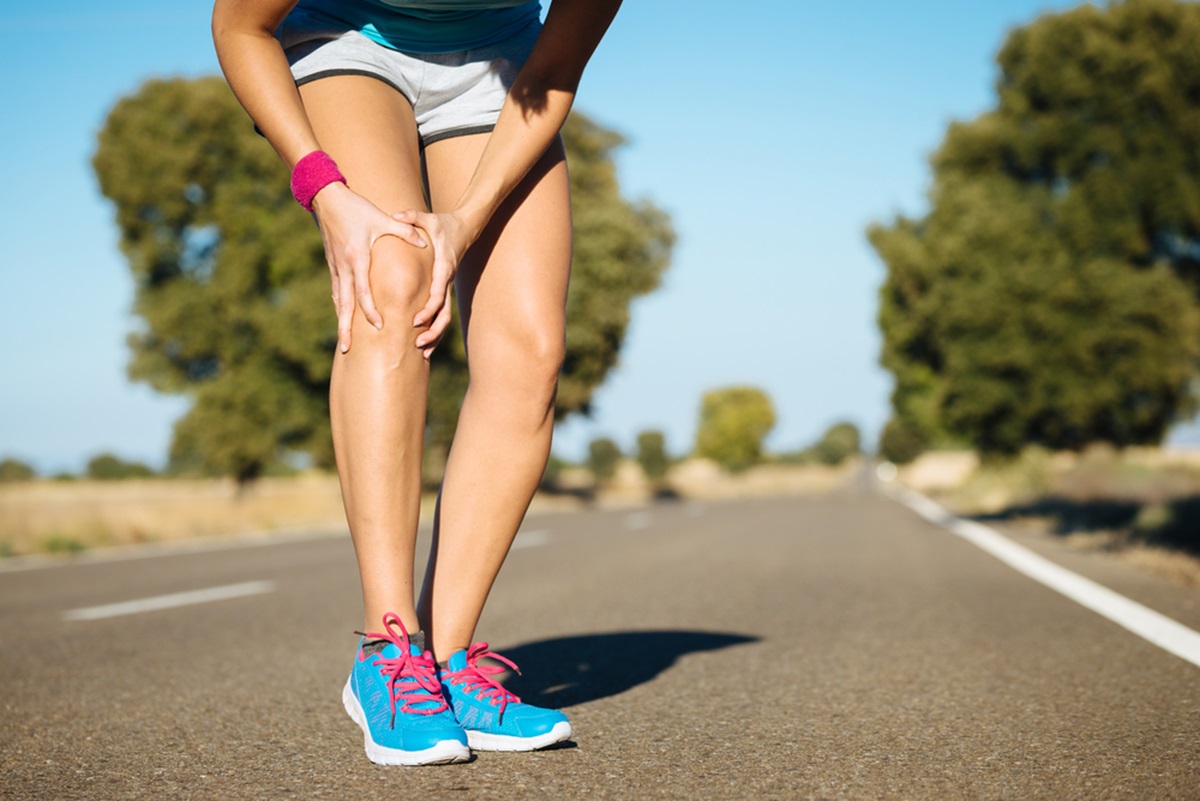
At Sustain Physical Therapy and Performance, we provide individualized care that begins with a comprehensive evaluation of your movement patterns and medical history. This allows us to pinpoint the root causes of your knee pain when straightening leg and tailor a treatment plan that suits your specific needs. Our assessments go beyond symptoms to uncover imbalances or habits that may be contributing to your pain. This personalized approach ensures more effective and lasting results. Our treatment strategies are rooted in proven, evidence-based methods, blending manual therapy, low-impact exercises, and gradual exercise progression. These techniques not only alleviate pain but also help improve strength, mobility, and functional movement. Our goal is to support your recovery without aggravating your symptoms, allowing for safe and steady progress. Whether you’re recovering from an injury or managing a chronic condition, we adapt our methods to meet your body where it’s at.
At Sustain, our team is committed to helping you move pain-free with proven methods and compassionate care. We don’t believe in one-size-fits-all solutions—every plan is tailored to your goals, abilities, and lifestyle. For long-term results, we offer personalized knee pain services from our specialists, designed to help you regain strength, restore function, and prevent recurrence. Reach out today to take the first step toward better movement and healthier knees.
Preventing Knee Pain When Straightening
Taking proactive steps in your daily routine can significantly reduce the likelihood of developing knee pain when straightening leg. Consistent movement, muscle balance, and overall joint care play a crucial role in knee health. Even small adjustments in your habits and physical activity can make a noticeable difference in how your knees feel and function. Prevention is not just about avoiding injury—it’s about optimizing how your body performs and feels every day.
Daily Mobility Exercises
Regular hamstring stretches, quad stretches, and dynamic warm-ups are essential for keeping the knee joint flexible and reducing strain. Simple practices like warming up and cooling down before and after physical activity prepare the joints for motion and aid in recovery. Mobility exercises also help improve circulation and reduce stiffness that can lead to discomfort. Over time, these habits enhance your knee’s resilience and reduce the risk of injury.
Strength Training for Joint Support
Incorporating strength training exercises like lunges, step-ups, and quadriceps strengthening routines helps maintain joint stability and balance. It’s also vital to include outer hip strengthening and core strengthening to support proper alignment during movement. Strong surrounding muscles reduce stress on the knee and allow for smoother, more efficient leg extension. Engaging in knee strengthening exercises for better mobility not only prevents injuries but also supports overall joint function as you age.
Weight Management and Joint Health
Maintaining a healthy body weight is critical for minimizing pressure on the knee joint, particularly during high-impact activities. Pairing this with a Mediterranean-style diet and consistent low-impact exercise like walking, cycling, or swimming supports joint health and overall well-being. Additionally, wearing appropriate footwear or using shoe inserts can improve alignment and reduce mechanical stress. These simple, sustainable strategies can go a long way in protecting your knees and enhancing your overall mobility.
Conclusion
Knee pain when straightening leg is more than an inconvenience—it’s often a signal of an underlying issue such as meniscus tear, patellar tendon injury, or osteoarthritis. Early evaluation, proper treatment, and lifestyle adjustments are key to pain relief and long-term joint health. Whether you need help managing an existing condition or want to prevent future injury, Sustain Physical Therapy and Performance offers the personalized, evidence-based care you deserve.
FAQs
What to do if my knee hurts when I straighten it?
Start with rest, ice, and nonsteroidal anti-inflammatory drugs (NSAIDs). If symptoms persist, consult a physiotherapist for a full evaluation and begin physical therapy.
How to tell if knee pain is from torn meniscus or arthritis?
A meniscus tear usually causes sharp, localized pain and sometimes locking or popping, especially after twisting. Osteoarthritis produces dull, aching pain with stiffness and worsens after inactivity.
What does it mean if your knee hurts when you extend it?
It could be a sign of cartilage or ligament damage, patellar tendinopathy, or chondromalacia. A proper physical examination, MRI, or CT scan may be needed to identify the root cause.
Dr. Adam Babcock PT, DPT
“We Help Active Adults Quickly Recover From Pain Or Injury So They Can Stay Active, Get Back To What They Love To Do, and Do It For Decades”



